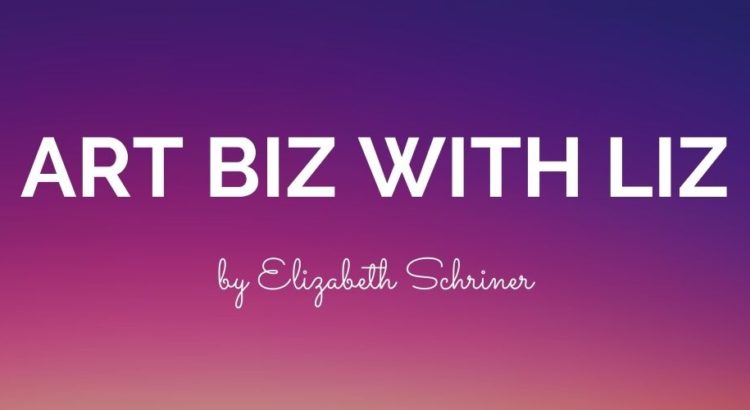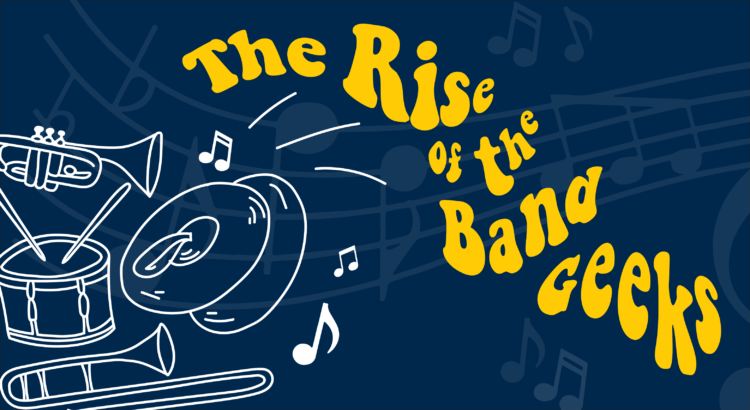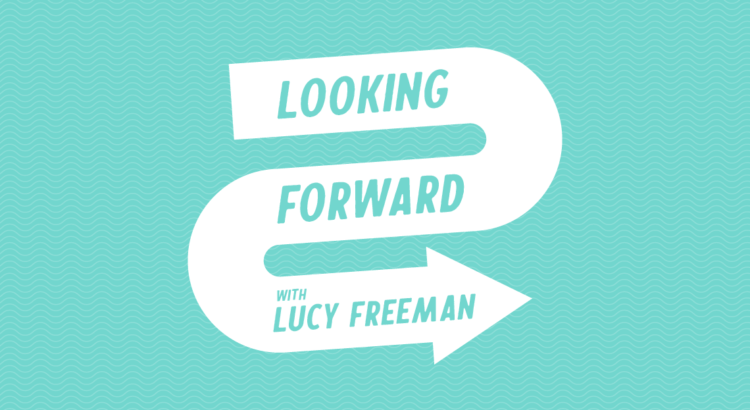At the start of my freshman year, I picked up a pamphlet at Festifall that called for new arts, ink. and [art] seen bloggers. I didn’t really know what Arts at Michigan was at the time, but based on the pamphlet, writing for arts, ink. sounded like a cool thing to do. I was in search of ways to maintain my connection with the arts while simultaneously looking for opportunities to write for fun. I went ahead and submitted my application along with a few writing samples. Not long after, I received the email that I had been selected to become an arts, ink. columnist. In October, I met Joe—the Arts at Michigan Program Director—for an orientation meeting and have been writing for arts, ink. ever since.
A lot has changed since then. If I ever need a reminder, I simply take a walk around campus, as there’s always some new building under construction in Ann Arbor. During my first week of school in 2018, I opened a bank account and got a debit card at the PNC bank on the corner of South U and East U. The branch has relocated, its old building torn down to make room for yet another skyrise. As another example, I previously wrote an arts, ink. post about a boba place that has since been replaced by another one. In fact, the majority of bubble tea shops in Ann Arbor—Unitea, Quickly, Tea Ninja—didn’t exist then. The opening of Chatime and Coco’s was a big deal my freshmen year, whereas now it seems like there’s a new boba place every few months (that’s a big of an exaggeration, but you get the point).
My friends and I went to the grand reopenings of the U-M Museum of Natural History, the Union, and more. I stood in line for a slice of Joe’s Pizza a few weeks after it opened, watched Espresso Royale switch to a different coffee place, and mourned the close of China Gate after its thirty-two-year run in Ann Arbor. Last year, while on a walk around a quiet campus due to a year of online learning, I found the sidewalk in front of the School of Kinesiology Building free from the fencing that had closed it off throughout my undergraduate career up until that point.
A lot of things have changed about me, too. The clubs I participate in, the types of classes I’ve taken, and the people I’m friends with have all changed over time. My part-time job has changed each year as a result of what new opportunities arose. Even what my average weekend looks like has undergone changes. All these things were undeniably affected by an unprecedented pandemic, but what I want to do and who I want to be have been influenced by what I’ve learned and experienced throughout college.
As I think about how quickly graduation is approaching, arts, ink. has been a unique way to document little moments in time. I look at my writing—most of which makes me cringe—and it makes me think about everything I’ve experienced over the past few years. I can look back on the time I braved the polar vortex or the semester I took an acting class. I can reflect on my experiences in RC Singers, Women’s Glee Club, and RC Players. The arts have given me a way to reflect upon my identity as well as topics such as race and class, and arts, ink. enables me to put such reflections into words. This year, I’ll enjoy documenting more artsy activities and memories, like my adventures with novella writing or learning how to play the carillon.
In the meantime, I’d like to say thank you to those who have been with me on this arts, ink. journey, and thank you, arts, ink.





 Moving on, this week we are talking about Mentality Magazine! I had the opportunity to speak to Liz Hoornstra, the current editor-in-chief of the publication. She explained that the magazine aims to do two main things: 1. Create a sense of community for its members and 2. Destigmatize mental health through writing. As someone who has been focusing on taking control of my mental health for the past year, I was really excited to learn more about how the magazine has done this and how others can support their mission!
Moving on, this week we are talking about Mentality Magazine! I had the opportunity to speak to Liz Hoornstra, the current editor-in-chief of the publication. She explained that the magazine aims to do two main things: 1. Create a sense of community for its members and 2. Destigmatize mental health through writing. As someone who has been focusing on taking control of my mental health for the past year, I was really excited to learn more about how the magazine has done this and how others can support their mission!


